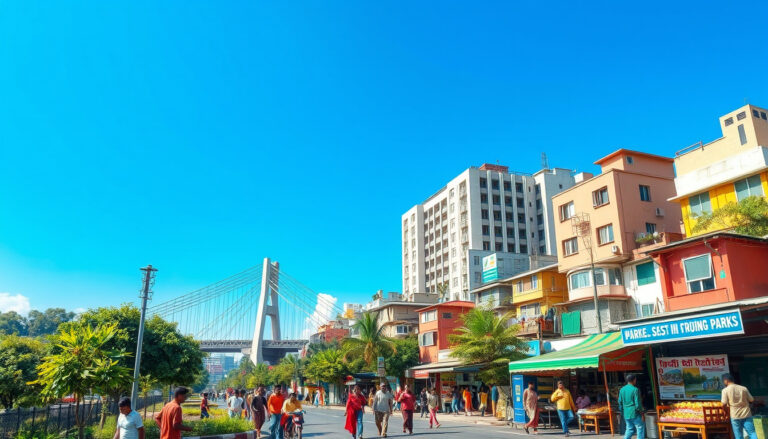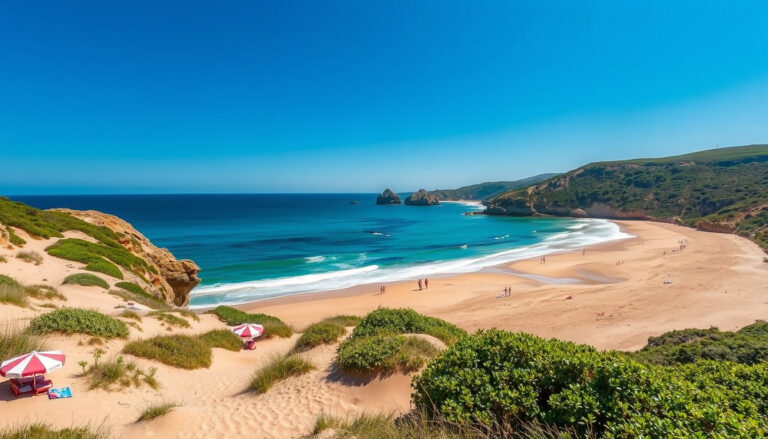In the face of rapid environmental change and increasing anthropogenic pressures, conservation areas play a pivotal role in the protection of nature and the preservation of biodiversity.
These designated spaces, which can vary from national parks to marine reserves, are integral to the well-being of our planet.
As we delve into the multifaceted aspects of conservation areas, we will explore their definition, historical evolution, ecological significance, economic and social influences, as well as the challenges they encounter.
Understanding the importance of conservation areas is crucial for shaping effective strategies that ensure their longevity and efficacy in safeguarding the diverse ecosystems that sustain life on Earth.

 Conservation Areas‘ style=’display: block; margin: auto; max-width: 100%; height: auto;’>
Conservation Areas‘ style=’display: block; margin: auto; max-width: 100%; height: auto;’>
Challenges Facing Conservation Areas
Conservation areas play a vital role in preserving biodiversity and maintaining ecosystems, yet they face several significant challenges that threaten their effectiveness.
One major issue is urban encroachment, as expanding cities and infrastructure projects often come dangerously close to these protected zones, putting wildlife habitats at risk.
Additionally, illegal activities such as poaching and logging can undermine conservation efforts, making it essential for authorities to enforce regulations diligently.
Climate change also presents a formidable challenge, as shifting weather patterns can alter natural habitats and force species to adapt or migrate, often leading to conflicts with human interests.
Furthermore, limited funding for conservation projects can hamper the necessary research and on-the-ground action, highlighting the need for increased public and private investment.
Addressing these challenges is crucial not only for the integrity of conservation areas but also for the broader health of our planet.
Future Directions for Conservation Areas
As we look towards the future, conservation areas will play a crucial role in protecting our planet’s biodiversity and natural resources.
These regions, designated to preserve ecosystems and wildlife, are vital for maintaining environmental balance and promoting sustainable practices.
Innovative strategies are being developed to enhance the management of conservation areas, focusing on improved community engagement, scientific research, and habitat connectivity.
By incorporating local knowledge and fostering partnerships with indigenous populations, conservation areas can become more effective in addressing challenges such as climate change and habitat loss.
Additionally, advancements in technology, such as remote sensing and data analysis, are providing new tools for monitoring and assessing the health of these vital regions.
As we move forward, the emphasis on creating resilient, adaptive conservation areas that can withstand changing environmental conditions will be paramount in ensuring the long-term sustainability of our planet’s diverse ecosystems.
Frequently Asked Questions
What are conservation areas?
Conservation areas are designated regions that are protected for the purpose of preserving natural resources, wildlife habitats, and biodiversity.
These areas are established to conserve the ecosystem services they provide and to ensure the survival of various plant and animal species.
Why are conservation areas historically important?
Historically, conservation areas have evolved from a growing awareness of the need to protect natural environments from industrialization and urban development.
They serve as a response to environmental degradation and reflect society’s commitment to sustaining biodiversity for future generations.
How do conservation areas benefit biodiversity?
Conservation areas provide critical habitats for numerous species, allowing them to thrive without the pressures of habitat destruction and human encroachment.
By preserving ecosystems, these areas help maintain genetic diversity and ecological balance, which are vital for resilience against climate change.
What are the social and economic impacts of conservation areas?
Conservation areas often promote eco-tourism, providing economic benefits to local communities while encouraging the preservation of natural resources.
They can also enhance public health and quality of life through recreational opportunities and by maintaining clean air and water.
What challenges do conservation areas currently face?
Conservation areas face numerous challenges, including funding constraints, climate change, invasive species, and conflicts with land use.
Addressing these challenges requires ongoing research, effective management strategies, and community involvement to ensure their future viability.





